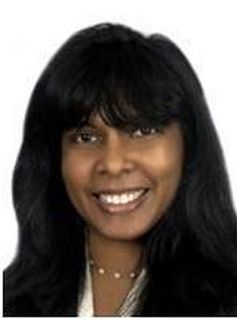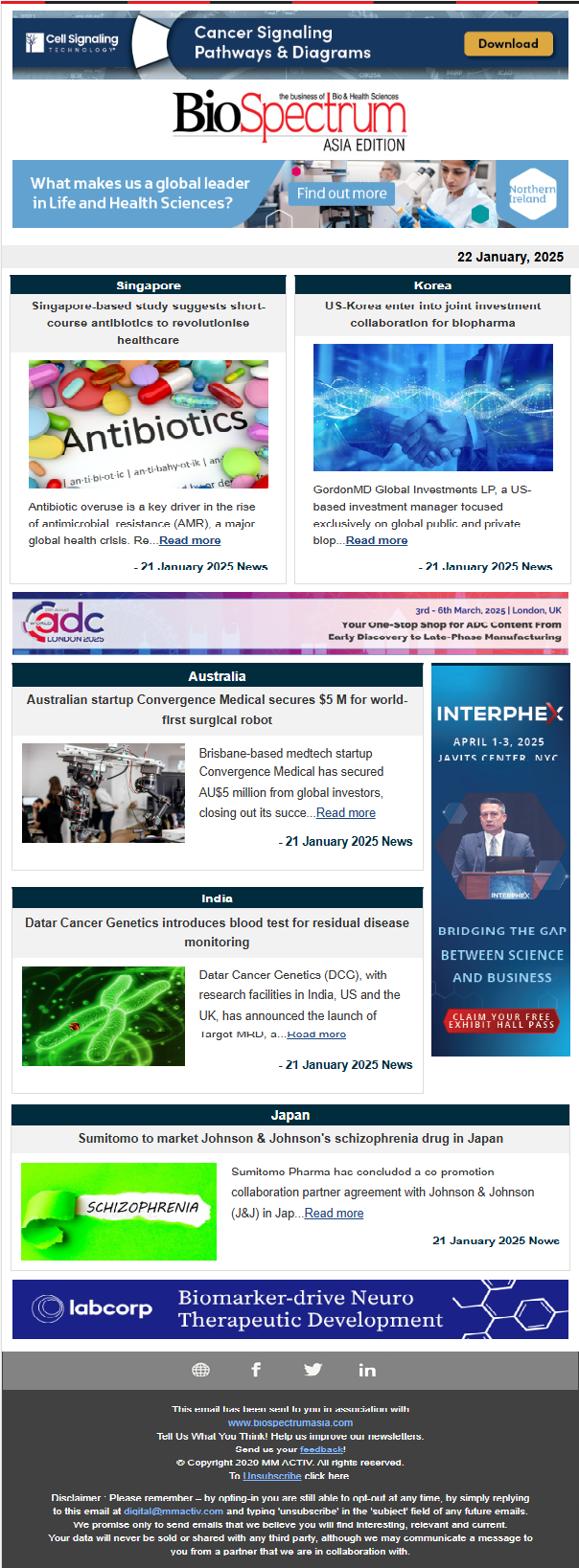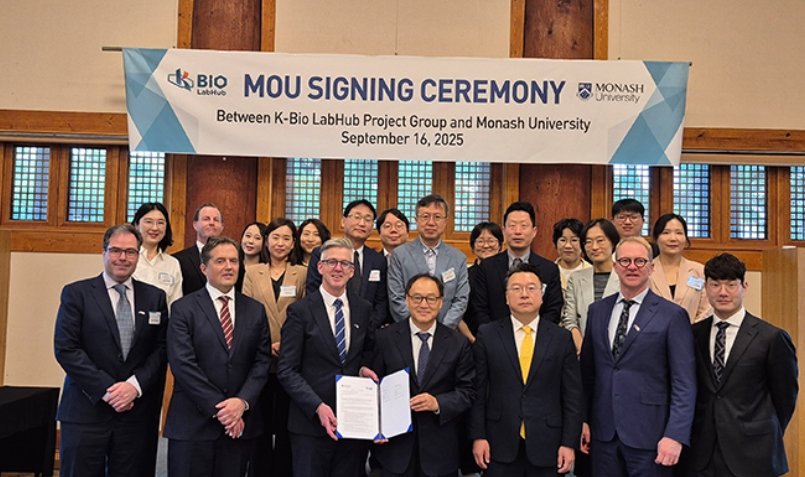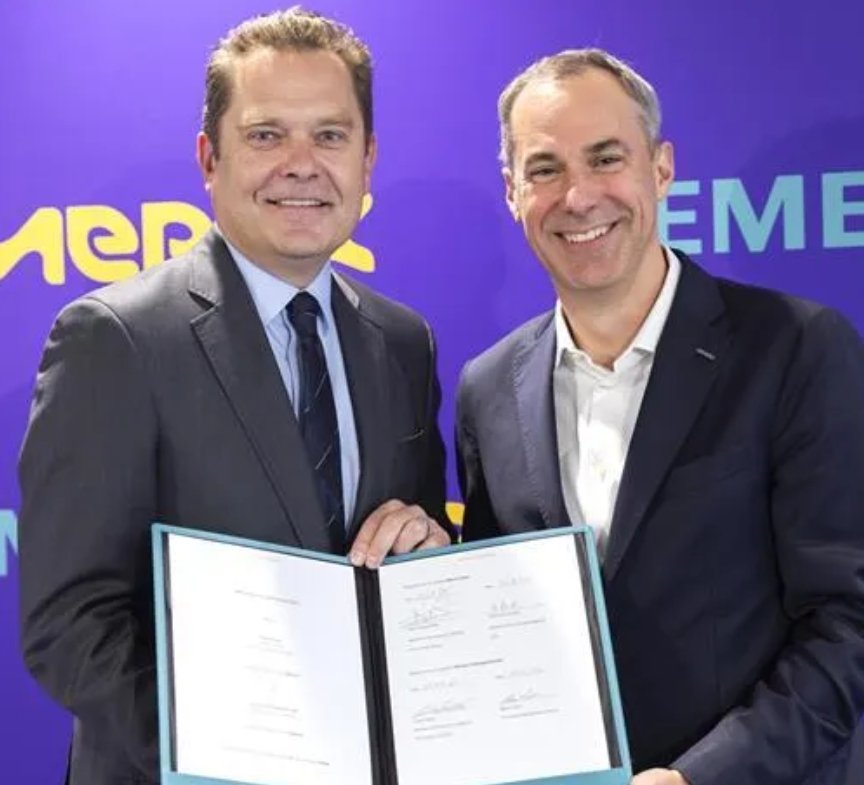
Dr Tania Fernandez, director, Burril & Company
Burrill & Company (B&C), a global financial services firm focused on the life sciences industry, is increasingly focusing in the APAC region helping bioscience firms with capital, transactional support, management expertise, insight, market intelligence, and analysis. Headquartered in San Francisco, the company has a global network of offices in the US, Latin America, Europe, and Asia.
Dr Tania Fernandez, director, Burrill & Company, and the India editor of the Burrill Report speaks to BioSpectrum regarding the company's recent achievements, ongoing projects and future plans.
Tell us about the various strategic partnerships, M&A transactions and financings, that were assisted by B&C in the APAC region?
Dr Fernandez: B&C prides itself on having carved a unique niche amongst life science investors. We have a broad global outlook and though our portfolio largely resides in the US we have been very active in several countries outside the US, including Malaysia, Russia, Taiwan, China, India, Korea, Middle East, Brazil and Japan.
One of our first forays into the Pan Asia region was in 2006 with the formation of the Malaysian Life Sciences Capital Fund, which is a life sciences venture fund specializing in early stage investments in agriculture, industrial and healthcare biotechnology. It is co-managed by Burrill & Company and the Malaysian Technology Development Corporation, and has $150 million in committed capital. We are also in the process of raising a Burrill Pan Asia Fund.
Taiwan is also a strategically important region to us offering tremendous opportunities. By investing there, we can broaden access to emerging markets in China and East Asia. We also offer companies in Taiwan a window on innovation in the West and can help them grow their companies into players on the global stage. The Taiwan government has thrown its full support behind its growing biomedical industry.
One of our investments in this region has been in Taiwan Liposome Company (TLC), with operations in Taipei, Leiden and South San Francisco. TLC is developing and commercializing a portfolio of "super-generics" and NCEs with advantageous delivery or formulation characteristics. Burrill led the Series A financing of $16 million and later the mezzanine financing of $10 million in the company. The company became a Taiwan public listed company in October 2011. The company has reached significant partnership agreement with global generic players and its stock has doubled since the public listing. We also made an investment in Waterstone Pharmaceuticals, a fully integrated pharmaceutical company with a focus on bone/inflammation, metabolic diseases and anti-infective based in Hubei, China. Burrill led the Series A financing of $10 million in the company.
With respect to India, we led the investment in BioImagene. Within 18 months of the investment, the company reached key value inflexion points and was acquired by Roche in 2010. We are also very active on the conference front and host a Pan Asia conference in conjunction with Queensland.
Could you shed some light on the activities of the Burrill Merchant Banking Group in the APAC region?
Dr Fernandez: The Burrill Merchant Banking Group (MBG) has led several transactions in Asia Pacific. While we cannot disclose the names of all clients for confidentiality reasons, some of the deals that can be mentioned are the $300 million Samsung-Biogen Idec joint venture for the development, manufacture and marketing of biosimilars where Burrill MBG acted as an advisor to Samsung. It is also engaged by PharmaEssentia, a company based in Taiwan, to find US and Japan partners for the company's phase III product for Polycythemia Vera; by Furiex to find a global partner for a phase III antibiotic development with major focus regions being China and South Korea; a client in Japan that is being strategically advised and taken on non-deal road shows. They have also been engaged to find a global partner for a phase III rotavirus vaccine development program with a special focus in the China region.
What are the trends in the life sciences sector in the APAC?
Dr Fernandez: Pan-Asian nations, which are traditionally viewed as regions where things can get done faster and cheaper, have now emerged as strong growth markets and engines of innovation. There are certain trends in the life science sector in the US that are accelerating growth in the Pan Asian region.
Probably one of the most noteworthy trends is that in 2012, there will be fewer drug FDA approvals. Regulatory barriers will continue to increase in the US forcing companies to look to Pan Asian and emerging markets for first approvals of new products, be it a therapeutic or a device. In fact, whenever we look at a deal flow today in our San Francisco offices, we put a global hat on and evaluate the companies for their potential in outside the US markets while they are waiting for approval in the US.
Between 2011 and 2015 approximately $120 billion in revenue is expected to be lost to competition from generic drugs. China, India and Korea have all positioned themselves to benefit from the rising global demand for generic drugs and opportunities it has opened up for biosimilars. For example, Indian companies produce 20 percent of the world's supply of generic drugs and 30 percent of the US consumption of generics. That is a sizable opportunity. The government in these countries are playing a critical role in moving their economies from lower value industries to high value industries. Most of these countries see biotech or medtech as important drivers of economic growth and are investing heavily in these sectors and building homegrown industries to serve the needs of their people and take their economies to the next level.
Also, targeting emerging markets is one of the key strategies for growth for US pharma companies. In 2011, Merck entered into joint ventures with Simcere to expand its reach in China and with Sun Pharma to enter India's growing market for branded generics. It also licensed technology from the South Korean firm Hanwha Chemical to expand its biosimilars portfolio, taking advantage of South Korea's growing expertise in the area.
What are the various challenges being faced by you?
Dr Fernandez: In the US, these challenges are primarily highly volatile capital markets, uncertainty with regulatory issues, and a reimbursement system that has grown increasingly hostile toward innovations. Pan-Asian countries present a different set of challenges with their regulatory regimes and the fact that these markets are highly fragmented. While the "out-of-pocket" payment for medical expenses is attractive because it subverts all the reimbursement challenges, there is a price sensitivity that one needs to be very conscious of. Economies of scale might still compensate for low profit margins that these markets will demand. The other factor to be aware of is curbing of drug pricing as governments seek to contain costs. One needs to be mindful of these issues.
We are big on forming new companies around cutting edge technology or well-differentiated products. I spend a considerable amount of time with Indian companies and I think it is sad that they don't have major players backing them financially in their own country. This is the reason why we wanted to form a region specific fund for India but that has been a challenge for us. We are still in search of the right partner who is willing to make a financial commitment with us.
What are the recent achievements of B&C?
Dr Fernandez: Our latest achievement has been the commencement of operations on Burrill Capital Fund (BCF) IV, which has aggregate capital commitments of $313 million. We looking to achieve a final goal of $500 million. The fund will invest globally in the life sciences, including early-to late-stage investments in therapeutics, diagnostics, medical devices, healthcare delivery, wellness, and digital health.
Among our most significant exits has been Pharmasset, a B&C portfolio company. Pharmasset was acquired by Gilead for $11 billion in cash and even before Gilead offered an 89 percent premium to Pharmasset's closing stock price, the company ranked as the top performing IPO in the life sciences sector since the late 1990s and one of the top performing IPOs, even including the IT sector, over the past decade. The acquisition ranked as the highest-valued M&A deal ever for a clinical-stage biotech company.
Shire, a global specialty biopharmaceutical company, also recently announced an agreement to acquire FerroKin BioSciences, a B&C portfolio company, for an upfront payment of $100 million, payable in cash at closing, plus potential post-closing milestone payments of up to $225 million, depending upon the achievement of certain clinical development, regulatory and net sales targets.




